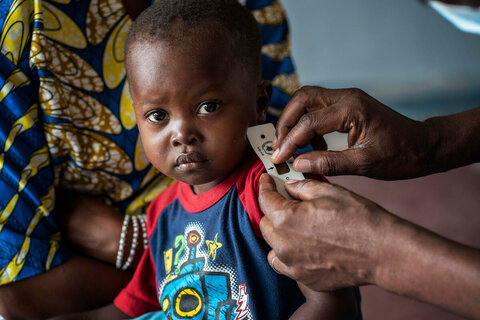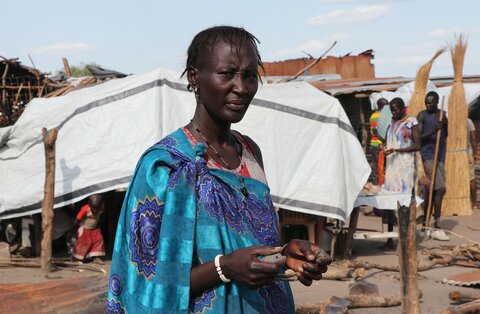Humanitarian airdrops: Light at the end of the tunnel

On any given day, the World Food Programme (WFP) has more than 5,000 trucks bringing lifesaving food to people who need it. Yet, some of the most vulnerable people remain out of our reach — they are often stuck behind front lines in conflict zones, or in areas that are inaccessible due to extreme weather or a lack of roads.

When more effective options fail, WFP resorts to airdrops. Now only happening in remote areas of South Sudan, WFP airdrops can be a lifeline for people in desperate situations.
The first airdrop of emergency humanitarian relief for the UN system happened in August 1973. The WFP-led operation saw more than 30 cargo aircraft from 12 national forces drop assistance in Africa’s Western Sahel, where six years of drought had taken their toll on people in Chad, Mali, Mauritania, Niger, Senegal and what was then called Upper Volta and is now Burkina Faso. The relief effort continued for three years.

Meticulous prep
The journey of an airdrop begins in the warehouse: strong packaging is key for airdropped parcels to withstand ground impact. For extra resistance, each bag is reinforced with six layers, sewn together using a handheld stitching machine. The colour of the outer bag varies to signal different contents: white for cereals, red for pulses and blue or green for specialized nutritious foods.


All clear in the sky…
Airdrops can be performed from different altitudes, ranging from about 300 to up to 5,600 metres in conflict zones, where there is a danger aircraft might be hit from ground artillery. To reach 100,000 people in the sieged city of Deir Ezzor, Syria, WFP performed the highest-ever civilian airdrops.

In all cases, however, strong winds, sandstorms and other adverse weather conditions can affect the accuracy of airdrops and jeopardize the success and safety of operations.
Analyzing meteorological data and checking it against actual weather conditions based on communication with colleagues on the ground is critical for things to go according to plan.
… and on the ground
Designated drop zones need to be open areas, ideally flat and clearly visible from the air. Depending on the plane's altitude, they can be as small as a football pitch or as large as 1,000x1,500 metres.
A team on the ground ensures the drop zone is clear and gives the crew onboard the aircraft the green light to release the cargo. They later coordinate the distribution of the food.
Desperate times
Since their first use in 1973, airdrops have saved countless lives — and they will continue to do so where no other options are available.

However, the costs involved — aircraft, fuel, personnel — and the relatively small quantities that can be delivered in each flight as opposed to a convoy of trucks, make them a last resort, only to be used when all other access to people in need is blocked.
Delivering food by air costs up to seven times as much as by road. In the interest of efficiency, WFP is constantly looking for more cost-effective alternatives that stretch further the generous donations on which our work depends.


